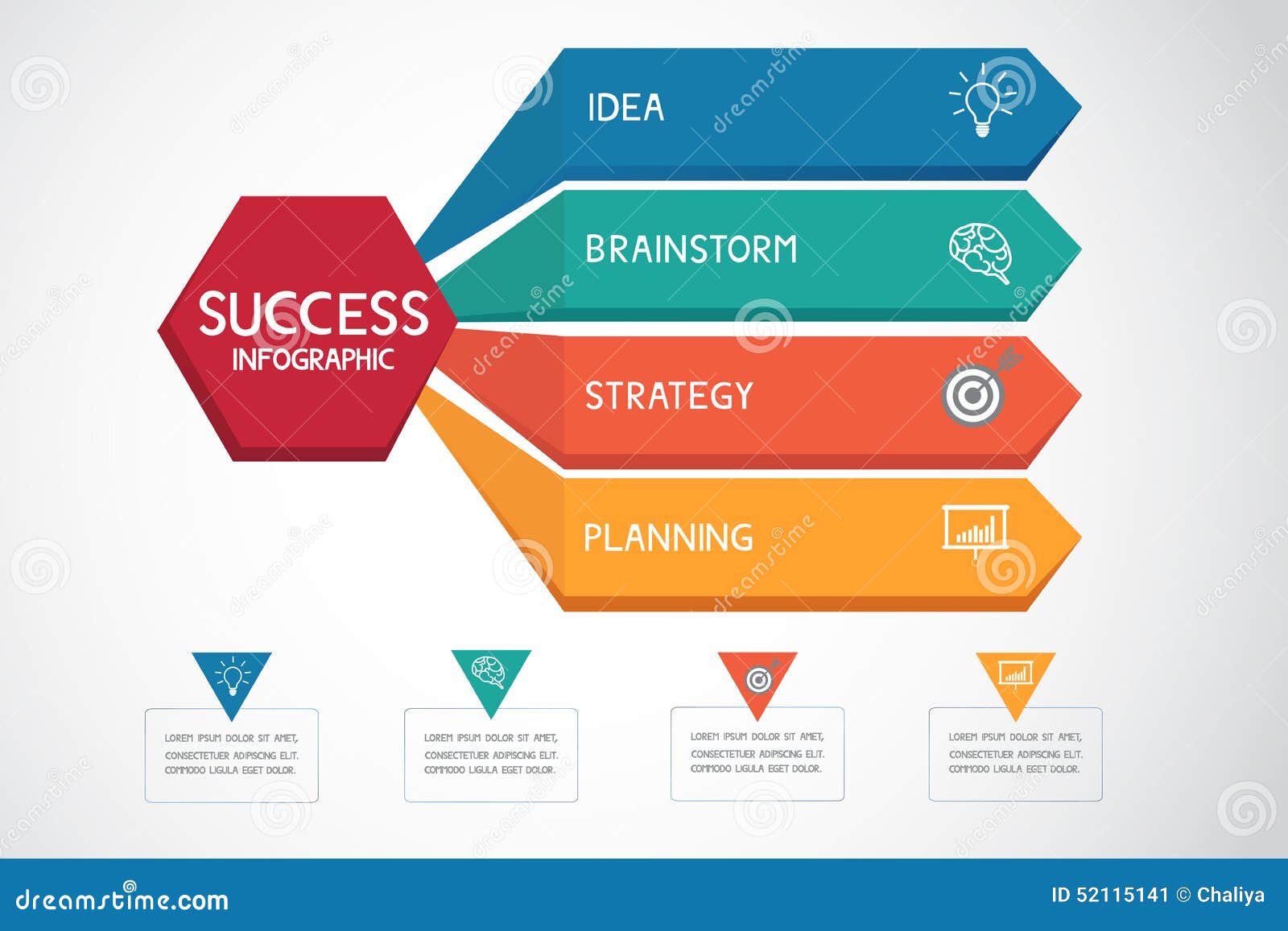In the past, internet sites were straightforward and concentrated on info. Navigating was direct, and design was for desktops. Now, user experience is key. Data guides styles for easy navigation. Responsive formats match different gadgets. Today, dark mode reduces stress, and minimalist menus enhance navigation. Interactive attributes engage users, and bold visuals stand out. AI combination boosts engagement. See how layout has advanced to boost your on-line journey.
Early Days of Website Design
In the early days of website design, simpleness reigned supreme. Web sites were standard, with minimal shades, font styles, and formats. The emphasis got on offering details rather than fancy visuals. Individuals accessed the internet via slow-moving dial-up links, so rate and performance were key.
Navigation menus were straightforward, commonly situated on top or side of the web page. Sites were developed for desktop, as mobile browsing wasn't yet common. Content was king, and developers focused on very easy readability over complex style elements.
HTML was the main coding language made use of, and developers needed to function within its constraints. Computer animations and interactive features were marginal compared to today's requirements. Web sites were static, with little dynamic material or tailored user experiences.
Surge of User-Focused Design
With the advancement of website layout, a shift towards user-focused design principles has come to be increasingly prominent. Today, developing web sites that focus on user experience is important for involving site visitors and achieving business goals. User-focused layout entails comprehending the needs, preferences, and habits of your target market to customize the website's layout, material, and features as necessary.
https://yoastseoplugins28405.blogginaway.com/30480414/meticulously-select-an-electronic-advertising-business-for-your-business-based-on-objectives-budget-and-industry-experience-discover-even-more-for-success carry out complete research, such as individual studies and usability testing, to gather understandings and responses straight from customers. This data-driven approach assists in creating user-friendly navigating, clear calls-to-action, and aesthetically attractive interfaces that resonate with site visitors. By placing the individual at the center of the style process, sites can deliver a much more tailored and delightful experience.
Receptive design has additionally emerged as a vital aspect of user-focused layout, ensuring that sites are optimized for different tools and screen sizes. https://alexisrzfkr.blogadvize.com/36694365/intrigued-by-the-power-of-neighborhood-seo-discover-the-vital-suggestions-every-local-business-owner-should-understand-to-improve-online-presence-and-bring-in-even-more-clients improves accessibility and use, catering to the diverse ways customers communicate with web sites today. In essence, the rise of user-focused layout symbolizes a change towards producing digital experiences that focus on the needs and expectations of completion individual.
Modern Trends in Website Design
Discover the current trends shaping website design today. One popular fad is dark setting style, supplying a sleek and modern-day appearance while reducing eye stress in low-light environments. Another key trend is minimal navigation, streamlining menus and improving individual experience by focusing on essential elements. Integrating micro-interactions, such as animated buttons or scrolling results, can produce a more appealing and interactive site. Receptive design continues to be vital, ensuring seamless customer experiences throughout various tools. Additionally, using vibrant typography and unbalanced designs can include aesthetic rate of interest and accentuate specific material.
Incorporating AI modern technology, like chatbots for customer assistance or individualized recommendations, enhances user interaction and simplifies processes. Accessibility has additionally end up being a significant pattern, with developers prioritizing comprehensive style practices to satisfy varied individual requirements. Embracing sustainability by optimizing website efficiency for rate and performance is an additional arising pattern in web design. Collaborating with user comments and information analytics to iterate and improve style constantly is necessary for staying pertinent in the ever-evolving electronic landscape. By accepting these contemporary patterns, you can create a visually attractive, straightforward web site that resonates with your target market.
https://searchengineland.com/9-seo-tips-better-google-image-search-results-278609
As you assess the advancement of site layout from the very early days to currently, you can see exactly how user-focused layout has come to be the driving pressure behind modern-day fads.
Embrace the journey of adjustment and adjustment in web design, constantly keeping the user experience at the forefront.
Stay existing with the latest fads and innovations, and never ever stop advancing your technique to create visually sensational and user-friendly internet sites.
https://felixxqjdw.dailyblogzz.com/30388834/enhance-your-pay-per-click-advertising-initiatives-by-implementing-reliable-keyword-research-study-tactics-that-will-change-your-projects-discover-more-today , adapt, and create - the future of website design remains in your hands.
